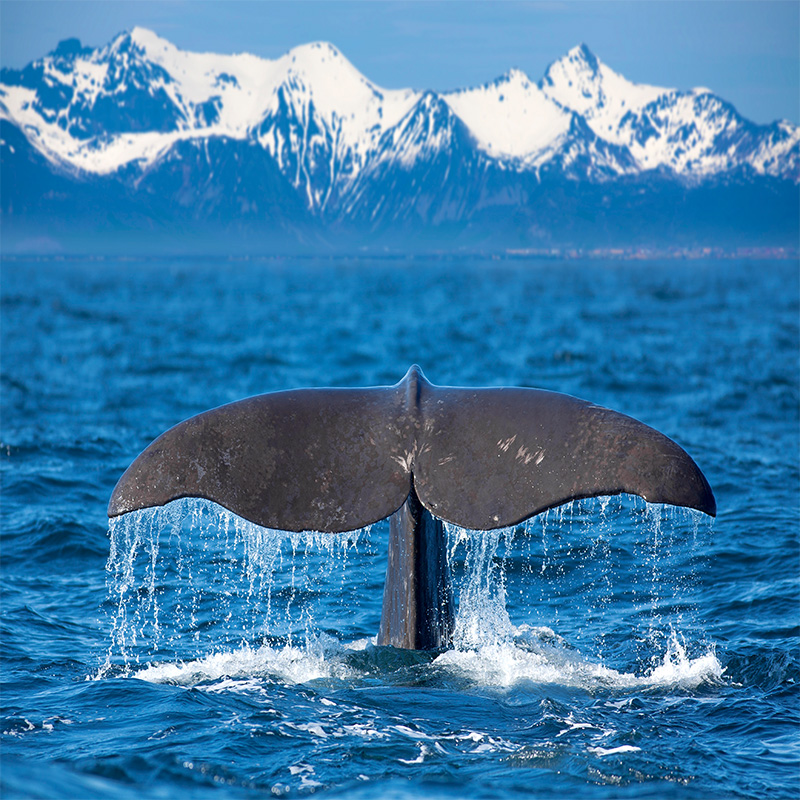
A Look at the New High Seas Treaty
Introduction
The past weekend saw a historic agreement to protect the world’s oceans. It comes at a critical time for the marine ecosystem, with a recent UN study showing 10% of marine species at risk of extinction. The new treaty significantly updates the environmental protections for the high seas – areas of the ocean not currently part of national territorial waters. This article aims to provide an overview of the new treaty, starting with a summary of the previous High Seas Treaty and its limitations regarding climate change.
What was the previous High Seas Treaty?
The high seas treaty, formally known as the United Nations Convention on the Law of the Sea (UNCLOS), is an international agreement that defines the rights and responsibilities of nations with respect to their use of the world's oceans, establishing guidelines for businesses, the environment, and the management of marine natural resources.
The treaty, which was adopted in 1982 and entered into force in 1994, had been ratified by over 160 countries. It covers a wide range of topics, including maritime boundaries, shipping lanes, fishing rights, environmental protection, and scientific research.
One of the most significant aspects of the high seas treaty is the establishment of the Exclusive Economic Zone (EEZ), which extends 200 nautical miles from a country's coastline and gives that country exclusive rights to the natural resources within that zone, including fish stocks, oil and gas reserves, and minerals.
The high seas treaty also included provisions for the protection and preservation of marine biodiversity, and for the settlement of disputes between nations regarding the use of the oceans. However it has often drawn criticism from campaigners for failing to deliver on environmental issues.
What were the four main environmental criticisms of the previous treaty?
Limited protection for vulnerable marine ecosystems: The treaty does not provide enough protection for vulnerable marine ecosystems, such as seamounts, deep-sea corals, and hydrothermal vents. These ecosystems are important habitats for many species but are often threatened by activities such as bottom trawling and deep-sea mining.
Weak enforcement mechanisms: UNCLOS lacks strong enforcement mechanisms, which makes it difficult to hold countries accountable for environmental violations in international waters. This has led to a lack of compliance with some of the treaty's provisions related to marine conservation and protection.
Inadequate response to climate change: The treaty did not explicitly address climate change and its impact on the oceans, despite the fact that the oceans play a critical role in regulating the earth's climate and are themselves affected by climate change. This has limited the treaty's ability to respond to the growing threat of ocean acidification, sea level rise, and other impacts of climate change.
Limited participation by some countries: While the treaty has been ratified by a majority of countries, some important ocean-faring nations such as the United States have not ratified the treaty, which limits its effectiveness in addressing global environmental issues.
How does the new treaty address environmental concerns?
The treaty still requires some negotiation on how some of the key points are implemented, however the key headlines are:
A target of placing 30% of the world’s oceans into Marine Protection Areas (MPAs)
The Marine Protection Areas govern activities such as seabed mining, shipping lanes and fishing.
There will be far greater requirements for environmental assessments for deep sea activities in particular mining.
The treaty also seeks to create rules around the sharing of marine genetic resources. These have become increasingly important to the food and pharmaceutical industries.
Importantly this is being backed with funding by richer nations with the EU already pledging €820m toward the treaty.
Will it make a difference?
There is still a lot of work to be done to bring the treaty into force. The previous treaty took 12 years to come into force and the devil is notoriously in the detail when it comes to international treaties. We will also have to see which countries sign up and ratify the treaty, without big players like the US, Russia and China it may be weakened, however although some nations have expressed concern at the current text expectations are good for widespread adoption. The implementation of the MPAs is probably the most decisive factor, many marine animals are migratory in character and a botched implementation of the MPAs may leave the areas these animals live in unconnected and therefore vulnerable. However let none of these factors detract from the fact that here is a treaty proactively aim to protect marine biodiversity.
